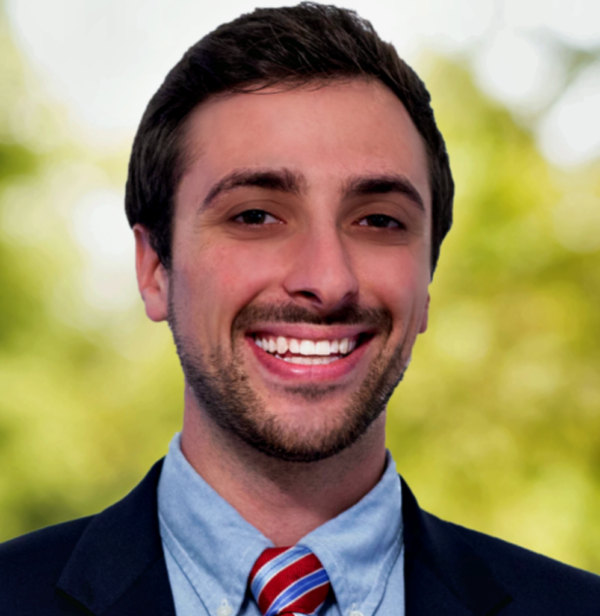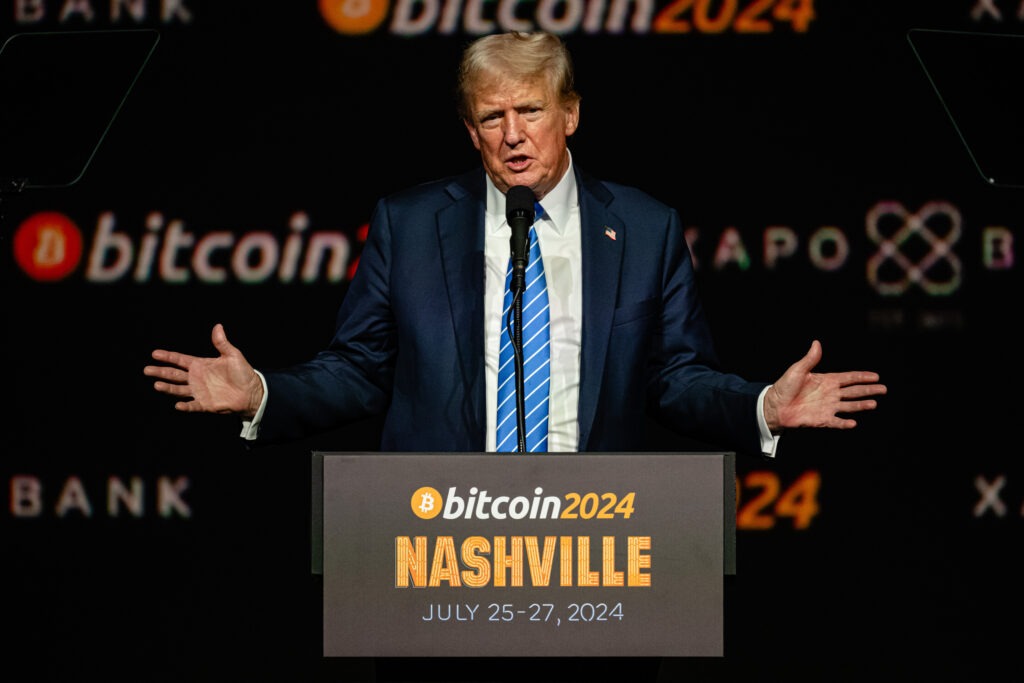The Quad Is Not an Asian NATO, but Could It Be?
The Quadrilateral Security Dialogue (the Quad) is frequently exaggerated as an ‘Asian NATO’ — both by Chinese and English language media sources alike — composed of the US, India, Japan, and Australia that exists to contain an increasingly aggressive China. Although it is a mistake to liken the Quad, which has been little more than a few isolated dialogues between the four countries at this point, to NATO, a fully fleshed out multilateral institution funded by its member states that is considered the most powerful military alliance in the world, Beijing would be unwise to underestimate its future potential.
After resurfacing from relative obscurity during the Trump administration, the Quad has been given far more attention in recent years. Biden has chosen to amplify this trend early in his tenure, leading to both a ministerial meeting on February 18, 2021 and a first-ever Quad Leaders meeting and Joint Statement on March 12, 2021. China has not been silent in its displeasure of the reemergence and strengthening of this budding strategic and economic alliance that is inching closer to becoming a formal regional organization.
According to research from the Institute for National for Strategic Studies at National Defense University, many Chinese strategists believe that the Quad can be rendered ineffective by presenting China as a more attractive economic partner via its bilateral ties. Thus, whether the Quad succeeds or splinters on the lines of their individual security or economic interests is not only dependent on maintaining a consistent domestic political will within each respective country, but also how effective China’s countermeasures are in dividing it as well.
The Quad’s evolution from a disaster relief partnership to an Indo-Pacific security dialogue
The Quad began as an ad hoc partnership known as the Tsunami Core Group (The Group) between the US, Japan, Australia, and India in the wake of the 2004 Indian Ocean earthquake and tsunami that left over 200,000 people dead. The Group disbanded shortly after providing significant relief aid to those affected by the disaster, but is considered a precursor to the Quad. Although there was enthusiasm later in the decade to transform this working group into a formal trilateral or quadrilateral security arrangement, growing worries over China’s rise and the domestic political situations of India, Australia, and Japan prevented this from occurring.
Over the next 10 years, interest in the Quad lay dormant until then-Secretary of State Rex Tillerson and Japanese Foreign Minister Taro Kono proposed its resumption, leading to representatives meeting in Manila on November 12, 2017 to begin laying the groundwork. This multilateral effort wavered somewhat due to the ambiguity of its mission combined with the Trump administration’s ‘America First’ policy that pushed back against multilateralism. China’s growing bilateral tensions with its neighbors, such as the June 2020 Sino-Indian border clash, rising economic tensions between Australia and China, and international anger towards China’s initial handling of the COVID-19 pandemic, helped push the four powers together towards the end of the Trump administration. This growing momentum coalesced under the Trump administration between then-Secretary of State Mike Pompeo and his Australian, Japanese, and Indian counterparts with the highest-level Quad meeting that had happened to date in October 2020. This would be one of the few high-profile Trump-era legacies that the incoming Biden administration would continue.
What is the Quad under Biden and what could it eventually become?
In the first quarter of 2021, a slew of maritime activity brought the South and East China Seas to a heightened state of tension, prompting renewed interest in the Quad. For instance, in late March, a fleet of more than 200 Chinese fishing vessels, which have been identified as a part of China’s so-called ‘maritime militia,’ had spent weeks camped out in the contested waters of Whitsun Reef. While earlier that month, the Chinese aircraft carrier Liaoning and five escort vessels sailed through the Miyako Strait, which although was technically in international waters, demonstrated Beijing’s increasing assertiveness in the Western Pacific. As icing on the cake, China has conducted daily flyovers over several weeks between March and April into Taiwan’s Air Defense Identification Zone with military planes. While mainstream media outlets typically label these activities as tests of the Biden administration, in actuality, they are tests of the US and its partnerships – the Quad, more recently, in particular.
Members of the Quad have been increasingly conducting joint-naval exercises, such as the Malabar exercise in November 2020 and the three-day La Perouse exercise with France in the Bay of Bengal in early April 2021. As part of its China policy, the United States has been keen to garner support from its allies and partners for the Freedom of Navigation Operations (FONOPs) it conducts when sailing within the 12 nautical mile territorial sea threshold of China’s claimed South China Sea features. These FONOPs signal to China and the world that the United States considers its territorial or maritime rights claims in these waters to be excessive and inconsistent with the United Nations Convention on the Law of the Sea.
Although some other states have conducted sail-throughs in a similar manner, there has been no joint Quad FONOP. Such an action would be viewed as a serious escalation in China’s eyes and also advance the Quad towards becoming a formal military alliance. Prevailing disagreements on international law between the Quad members will hinder such growth. For example, the US Navy regularly conducts FONOPs in India’s waters. Most recently, on April 7, 2021, the USS John Paul Jones sailed near the Lakshadweep Islands to contest India’s requirement for “prior consent for military exercises or maneuvers in its exclusive economic zone or continental shelf, a claim inconsistent with international law,” according to a statement made by the US 7th Fleet. Given these disagreements, should India and the US conduct a joint FONOP with the other Quad members in the South China Sea to defy China’s maritime claims, the act might be considered hypocritical by the international community and limit its intended impact.
Gaps have been filled, but obstacles remain a hindrance to building out the Quad
Following the conclusion of the first-ever Quad Leaders meeting between President Biden and his counterparts on March 12, 2021, the jury is still out on tangible next steps for the Group. This being said, a joint statement did solidify alignment on a variety of issues both related and unrelated to addressing China, which importantly signifies that the Quad will be intended to function as more than just a roadblock to China. With an eye to the future, the four leaders intend to establish working groups on addressing climate change, vaccine distribution in the Indo-Pacific, and facilitating the development of international standards for critical and emerging technologies. Significantly, Biden and his counterparts have now pledged to hold at a minimum annual Foreign Minister and Leader-level Quad meetings.
Although recent events suggest that the Quad is inching ever-closer to becoming a formalized multilateral entity, it is still a huge stretch to compare it to NATO at this point in time. NATO has a near US$2 billion military budget and roughly US$810 million security investment program contributed by its 30 member states for collective defense efforts. Perhaps most important is Article 5 of the Washington Treaty, which obligates NATO member states to treat an attack on one of its member states as an attack on all members, and to respond accordingly. Currently, the Quad is nowhere close to this level of collective defense, nor are there clear indications that its members wish for this to occur in the future. US policymakers would be wise to recognize that China’s increased aggressiveness has catalyzed renewed attention to this growing partnership. The fact that comparisons are being made to NATO at all should not be taken lightly, even if an ‘Asian NATO’ never truly surfaces.
Matt Geraci, MA, is a Research Associate & Program Officer at the Institute for China-America Studies (US). This article originally appeared on The China Guys.





Trade wars are neither good nor easy to win